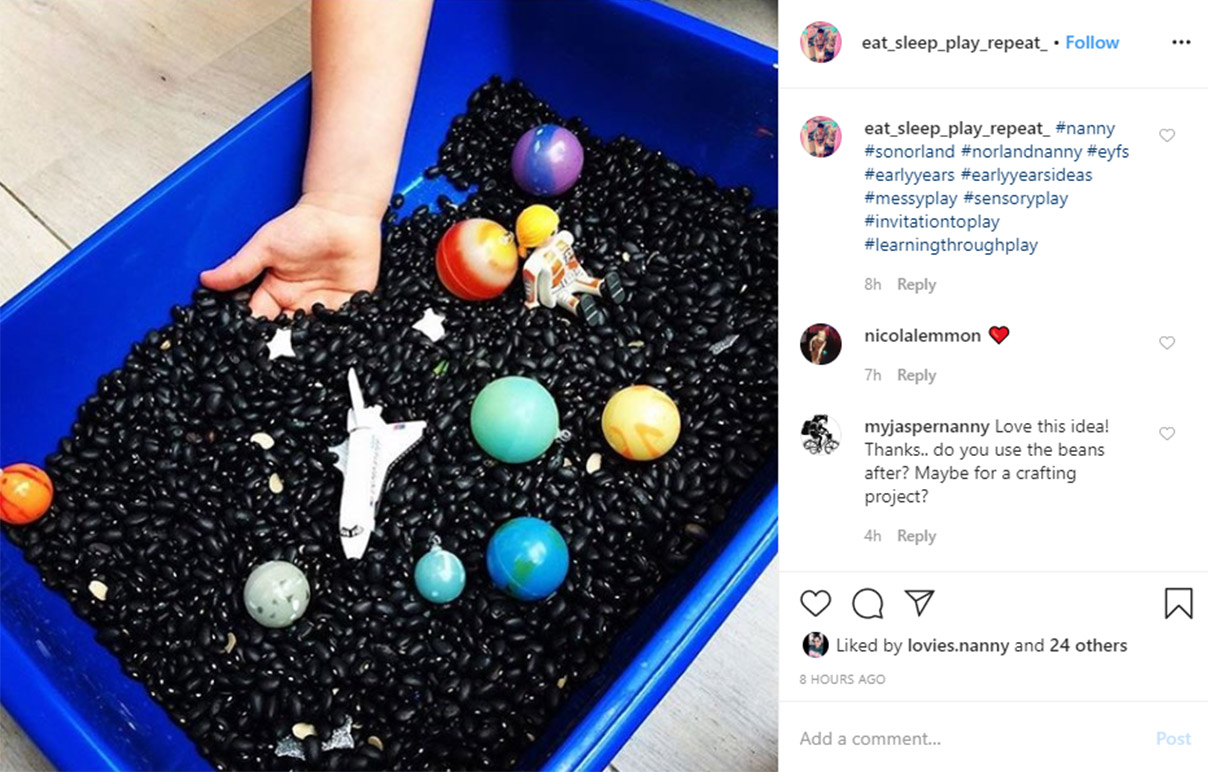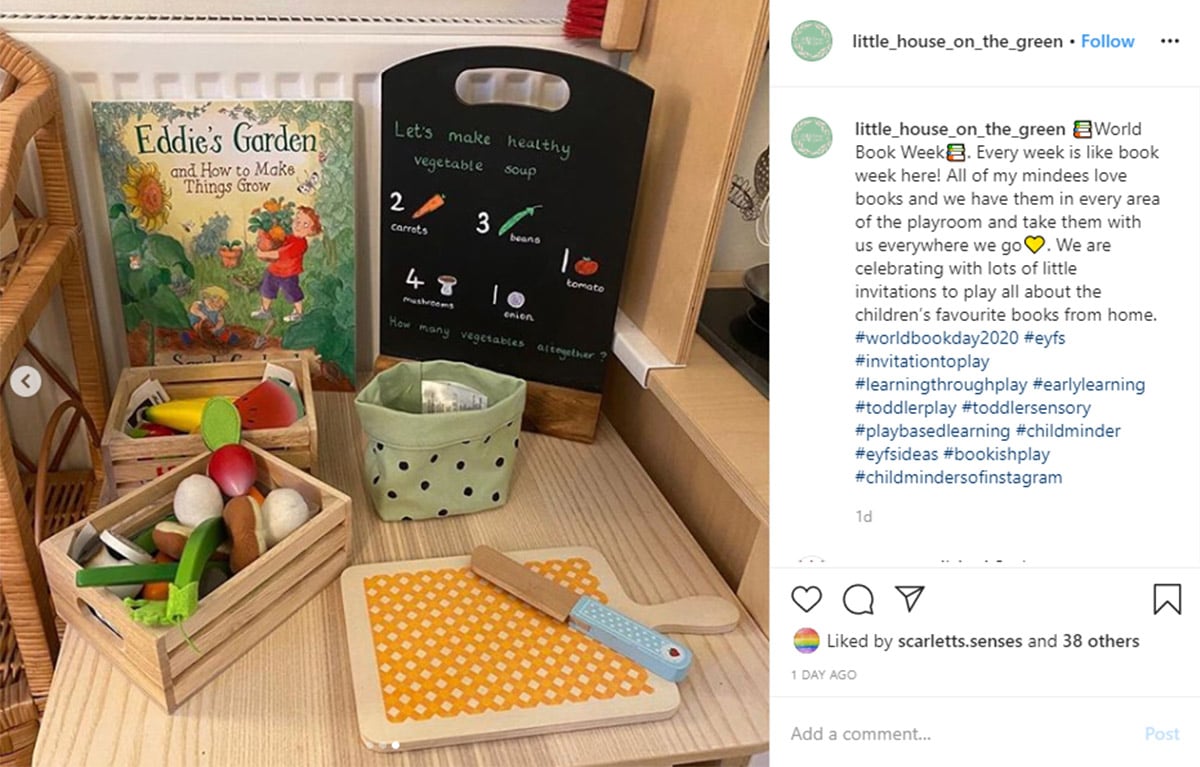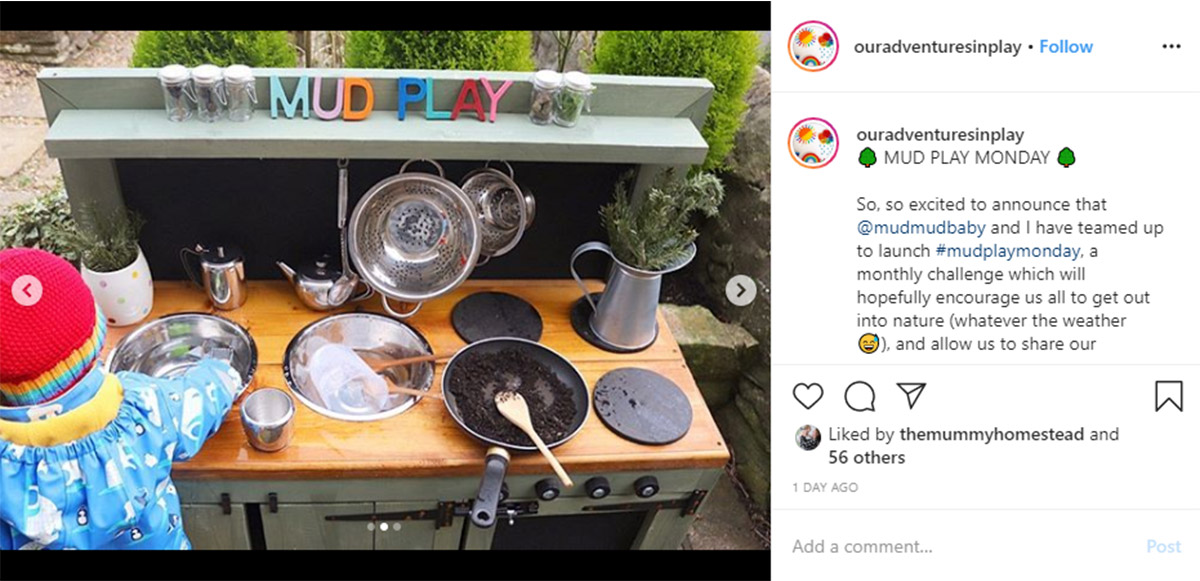What did you want to be when you were a child? A dancer? A doctor? How about an astronaut? When I was a child, I wanted nothing more than to grow up to be a nurse. I would fix my teddy bears wounds, dry their tears, and give them their medicine.
Now that I’ve grown to be a teacher with a long list of curriculum-heavy commitments, it’s important to remind myself that the joy of learning can also come from more free-spirited activities. Letting children explore and engage in the world around them by using play and pretend is as beneficial to them as learning their ABC’s and 123’s! There is so much magic in the learning that children do when they’re engaged in fun, unstructured dramatic and imaginative play.
Not only is imaginative play a beautiful thing to watch, but it’s also highly beneficial to children’s cognitive and social development.
Educational theorists, such as Lev Vygotsky, believe imaginative play to be integral to a child’s growth.
Imaginative play, according to Vygotsky, engages children in a series of complex mental processes. This helps children develop meaning and make sense of the world they live in, and helps them grow their language and social skills.
We know you’re here to help your little learners get the best out of school that they can. So, how does imaginative play benefit children in the classroom? And more specifically, how can we encourage this in our early years students?
The Benefits of Imaginative Play at School
Take a look outside the classroom window at break time and you are bound to see imaginative play in action. From playing cops and robbers to making a mud kitchen, leaving children to their own devices helps their imaginations come alive.
“Play is the highest form of research.”
-Albert Einstein
Some examples of imaginative play include:
- playing dress-ups
- role playing
- repurposing items for different uses
- creating narratives with different toys.
Bringing this into the classroom, however, can be a little bit trickier. We have to teach the curriculum, after all! Allowing time for this kind of unstructured play can seem daunting and unnecessary for teachers, who already have so much on their plate.
Despite any misgivings you may have, I’m here to tell you that giving imaginative play a place in your room will only benefit you. Read on to find out how and why…
#1 It Helps Students Develop Problem Solving Skills
The beauty of imaginative play is that the rules are very flexible – and they’re created and enforced by the children themselves! While playing, children are writing their own stories – they’re developing a narrative with characters and problems to be solved. Being left to their own devices means that children are pushed to rely on themselves to solve these problems. This, in turn, helps to build independence and complex problem-solving skills. It’s no surprise then, that this type of play is considered an important part of growth in early childhood.
Allowing students to develop these problem-solving skills helps them to become more independent in other areas of their lives, such as during lessons.
#2 Imaginative Play Improves Language Skills
When involved in unstructured play, children often ‘perform’ adult actions, such as cooking or construction. They may even be role-playing adult professions, such as explorers, doctors or teachers. These scenarios offer children an opportunity to explore language they may not use in their day-to-day lives.
Playing in this way allows little ones to learn about the world, and also invites them to engage in conversations where they have to use vocabulary and communication skills outside of their comfort zones.
Introducing an imaginative play area with an accompanying word wall into your classroom, such as a doctor’s surgery, a play kitchen or even a restaurant area, is a fantastic way to expand your students’ vocabulary! Just make sure to explore these words with your students when you first set up.
Learning about rainforest animals? Why not make an imaginative play area set in the rainforest. Link your imaginative play area to your coursework to help your lesson content stick in your students’ brains.
#3 During Play Children Develop Socially
Studies have shown that children who engage in imaginative play are more likely to be empathetic and emotionally mature than those who don’t. Unstructured play is, by its very nature, riskier than structured play. Allowing children to explore roles and environments independently teaches students not only problem-solving, but it also teaches them to regulate risks. This helps them develop their own boundaries and grow their decision-making skills.
Playing with other children also helps to create a sense of belonging and teaches your students cooperation, empathy and sharing. What a wonderful way to help them grow into well-balanced adults!
Exploring new things during play helps students expand their knowledge of the world and look at things from different perspectives.
Ways to Incorporate Imaginative Play Into Your Routine
I’m guessing by now you’re convinced that you should allow more play in your school routine! Luckily, there are SO many ways that you can introduce imaginative play into your classroom!
Repurpose Material to Create an Imaginative Play Area
You can turn a cardboard box into anything if you let your imagination run wild! We love this play post office by @bored_mum_and_little_one. Why not tie this area into a unit on letter writing?
Connect Play to Your Book of the Week
If you’re reading a book to your students, create an invitation to play around the story, like @little_house_on_the_green has! This is a great idea as you can link it to reading activities and new vocabulary.
Encourage Imaginative Play Outside the Classroom
If you simply can’t squeeze play into your routine (or, you’ve been directed not to by the school admin) then create an invitation to play outside in the school playground. This amazing mud kitchen by @ouradventuresinplay has been put together with a few simple pieces of equipment that you could easily source from the local second-hand shop! Better yet, why not ask if any parents would like to donate old household items?
Create a Sensory Play Station
If you’re looking to include an imaginative play area in your room, but keep it on a small scale – look no further than a tray play station! Simply purchase a small tray or tub from your local discount store, and fill it with anything that you think will spark exploration with your students.

Show us your imaginative play areas! Tag #teachstarter on Instagram or Facebook.
Banner photo: Sunny studio/shutterstock.com










Comments